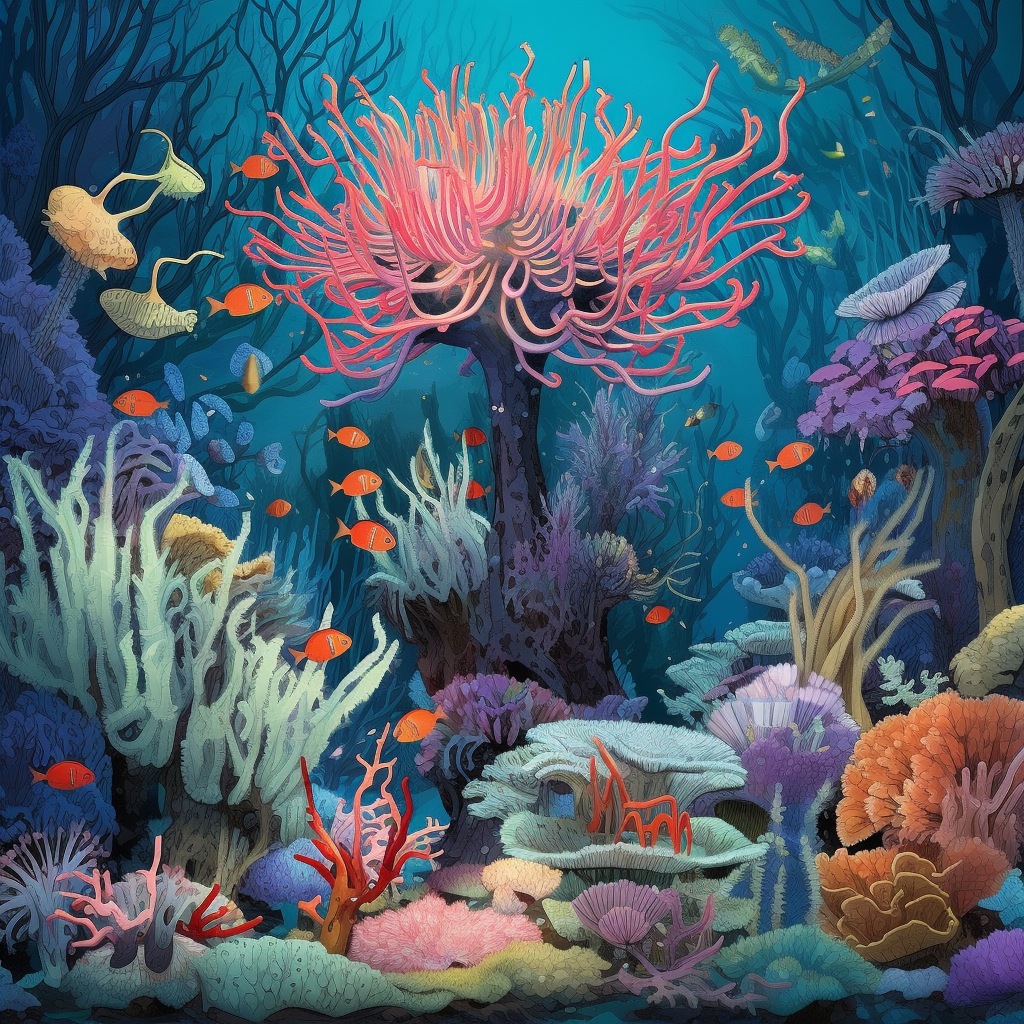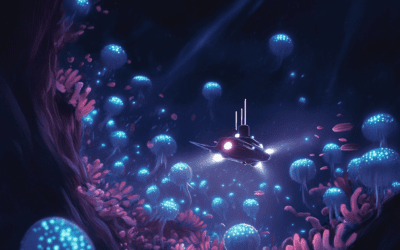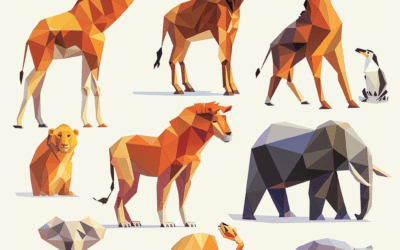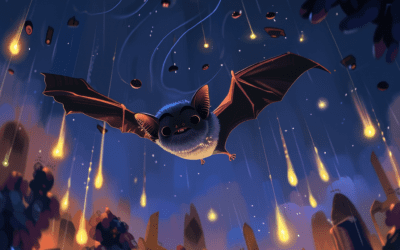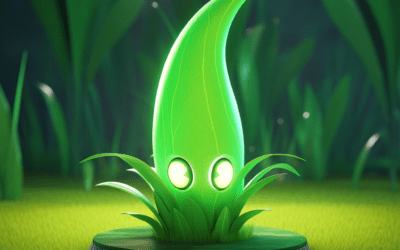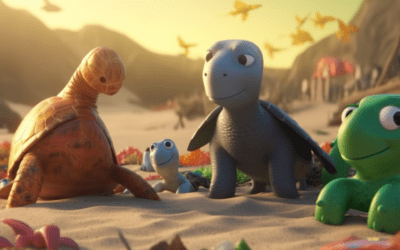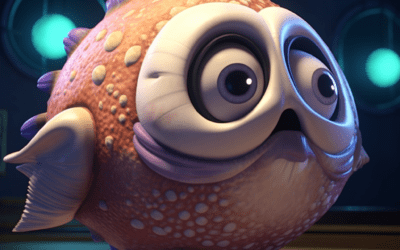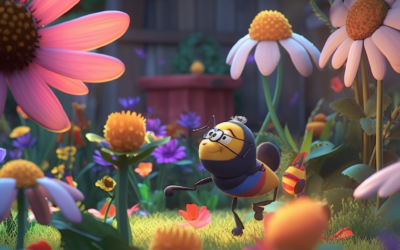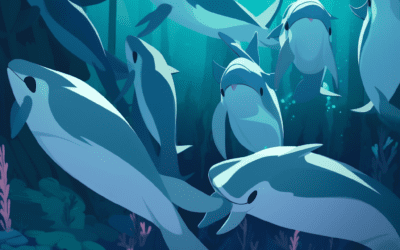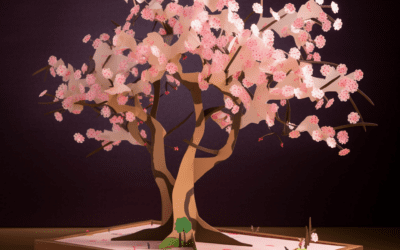Tell me about Crinoid fossils
What are Crinoid fossils?
Crinoid fossils are the remains of animals that lived a long time ago, even before dinosaurs roamed the Earth. These fascinating creatures are related to sea stars, sea urchins, and sea cucumbers. They are also known as “sea lilies” because they look like flowers swaying in the ocean!
How did Crinoids look?
Crinoids had a long, stalk-like body with feathery arms on the top. They lived in the ancient oceans and attached themselves to the ocean floor or rocks. Some crinoids had long stalks reaching up to 20 feet tall, while others had shorter stalks. Imagine a tall plant with a colorful flower on top, but instead of a plant, it’s a sea creature!
What did Crinoids eat?
Crinoids were filter feeders, just like whales today. They had special tiny hair-like structures on their arms, called cilia, which helped them catch plankton and other small particles from the water. They would then bring the food to their mouth, located at the center of their feathery arms. Yum, yum!
How did Crinoids survive?
Crinoids were excellent survivors. They lived in ancient oceans for millions of years. When predators, like fish or other sea creatures, came near, crinoids would quickly pull in their feathery arms and close their hard, protective plates called calyxes. It’s like having your own personal shield!
Where can we find Crinoid fossils?
You can find Crinoid fossils all around the world! They are often discovered in rocks that were once part of the ocean floor. Fossils can be found in places like museums or shops that sell minerals and fossils. Sometimes people go on exciting fossil hunting trips to dig for fossils themselves!
Key facts to remember about Crinoid fossils:
- Crinoid fossils are the remains of ancient sea creatures called crinoids, or “sea lilies”.
- They had long stalks with feathery arms on top and lived in the ancient oceans.
- Crinoids were filter feeders, using their arms with tiny hair-like structures to catch food from the water.
- They were great survivors, able to protect themselves from predators by pulling in their arms and closing their hard plates.
- You can find Crinoid fossils in rocks that were once part of the ocean floor, and they are often displayed in museums or sold in shops.
Now you know a lot about Crinoid fossils. It’s incredible how these ancient sea creatures have left their mark for us to discover and learn from!

